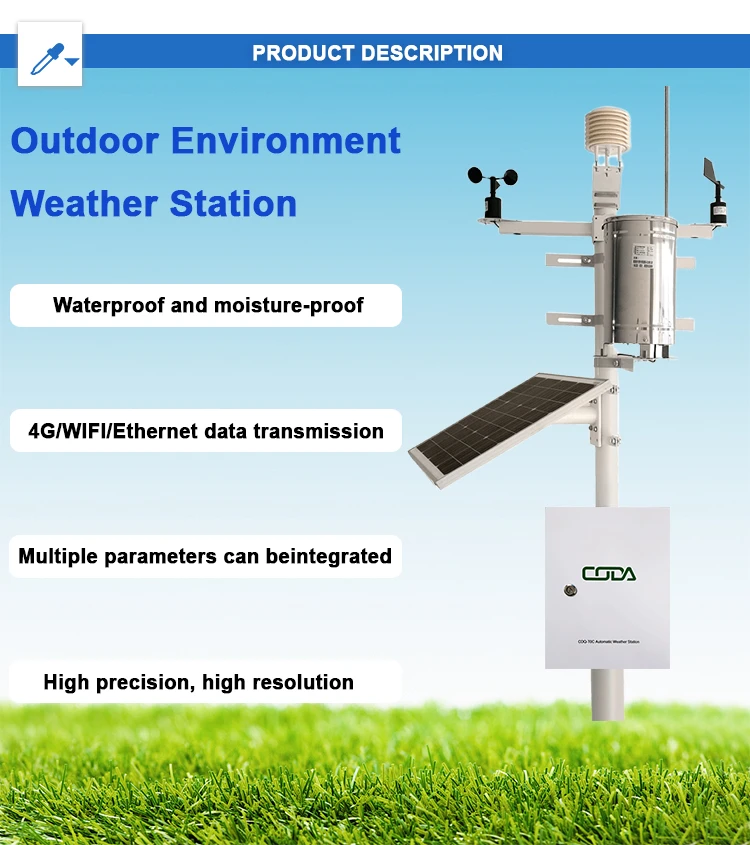Automatic Weather Station: Definition and Functionality

# Automatic Weather Station: Definition and Functionality
What is an Automatic Weather Station?
An Automatic Weather Station (AWS) is a sophisticated system designed to automatically collect meteorological data without human intervention. These stations are equipped with various sensors that measure atmospheric conditions such as temperature, humidity, wind speed, wind direction, rainfall, and barometric pressure.
AWS units have become essential tools for meteorologists, agricultural planners, aviation professionals, and climate researchers. They provide continuous, real-time weather data that helps in forecasting, research, and decision-making processes.
Key Components of an Automatic Weather Station
A typical automatic weather station consists of several critical components:
- Sensors: Measure various weather parameters
- Data Logger: Records and stores collected data
- Power Supply: Usually solar panels with battery backup
- Communication System: Transmits data to central servers
- Mounting Structure: Supports the equipment at optimal height
How Automatic Weather Stations Work
The functionality of an AWS follows a systematic process:
- Sensors continuously monitor environmental conditions
- The data logger collects and processes sensor readings at predetermined intervals
- Processed data is stored locally and/or transmitted to a central database
- Data undergoes quality control checks before being made available to users
Applications of Automatic Weather Stations
Automatic weather stations serve numerous purposes across different sectors:
| Industry | Application |
|---|---|
| Meteorology | Weather forecasting and climate monitoring |
| Agriculture | Irrigation planning and crop management |
| Aviation | Airport weather monitoring and flight safety |
| Research | Climate change studies and environmental research |
Advantages of Automatic Weather Stations
Compared to traditional manual weather stations, AWS offer significant benefits:
- Continuous, 24/7 data collection
- Higher accuracy with reduced human error
- Ability to operate in remote locations
- Real-time data transmission and accessibility
- Lower long-term operational costs
Future Developments in AWS Technology
The field of automatic weather monitoring continues to evolve with technological advancements:
Emerging trends include the integration of IoT (Internet of Things) capabilities, improved energy efficiency, miniaturization of components, and enhanced data analytics through artificial intelligence. These developments promise to make weather data more accurate, accessible, and actionable than ever before.
Keyword: what is automatic weather station


